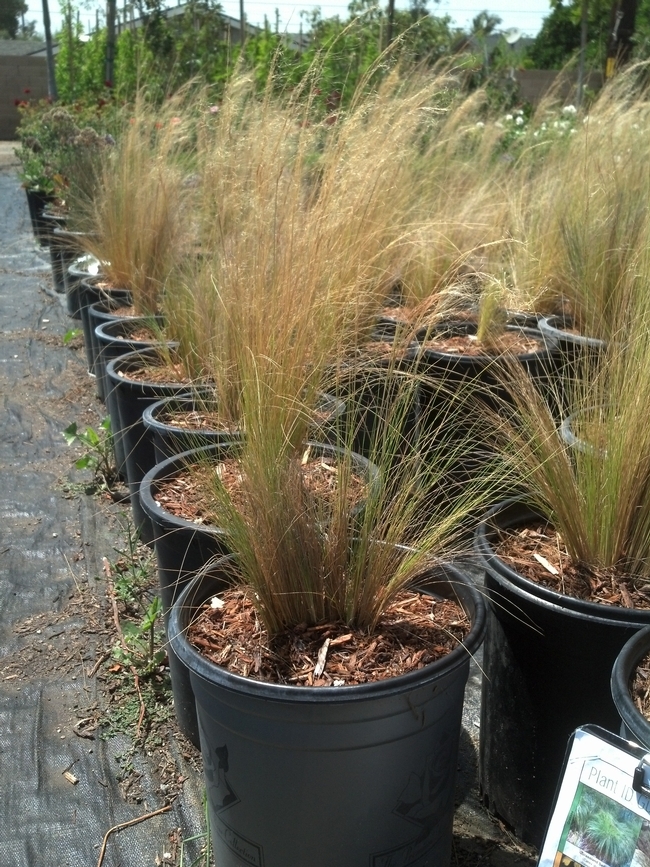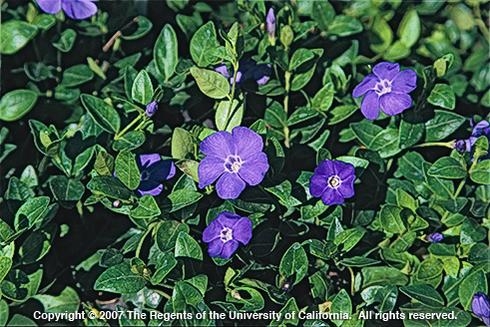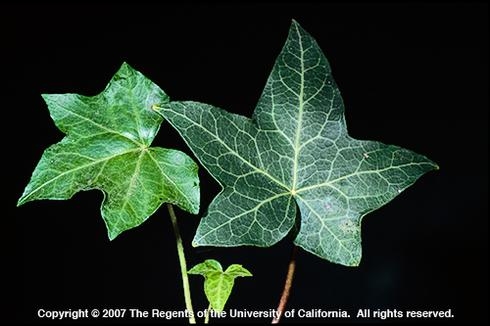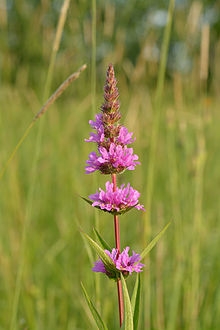Buyer Beware – Is that an Invasive Plant?
Have you ever wondered how many of your garden nursery purchases are potentially invasive? Not ever? Well me too - that is until I took a closer look at invasive species. Amazingly, in the United States 85% of the intentional introductions of non-native plants have been for landscape use and it's from these non-natives that we find our invasive plants. It's also astounding to consider that commercial nurseries propagate some of these invasive species as ornamentals.
California is home to 4,200 native plant species and recognized worldwide as a “biodiverse hot spot.” There are approximately 1,800 non-native plants growing wild in California with 200 of these considered invasive.
The problem is that people don't know they are buying invasive plants. The home gardener's first motive is that they are buying for aesthetic value and there is little information available indicating whether the plants are invasive. Buyer beware!
Here are a few to watch out for:
Invasive - Periwinkle (Vinca major) a tough competitor with an aggressive rooting system off each node on its sprawling stems.
Invasive – English ivy (Hedera helix) is a vigorous, fast-growing vine.
Plant instead Star jasmine (Trachelspermum jasminoides) or Cranesbill geranium (Geranium sp.). (Ed. Note: Star jasmine is not reliable hardy north of Independence. Asiatic jasmine (T. asiaticum) should be fine up to Bishop in all but the worst years. They look very similar.)


Plant instead Needle and thread grass (Hesperostipa comata) or Great Basin wildrye (Leymus cinereus)
Invasive – Russian olive (Elaeagnus angustifolia) is known as an ornamental shrub with silvery-grey leaves that can grow into a 20-foot or more tree. It out competes with native vegetation and birds easily spread the seed as it provides desirable forage.
Plant instead Desert willow (Chilopsis linearis).
Invasive – Purple loosestrife (Lythrum salicaria) – lovely purple blooms that one mature adult plant can produce one to two million seeds each year.
Plant instead Penstemon firecracker (Penstemon eatonii) or Perry's beardtongue penstemon (Penstemon paryii)
To sum this up, do the research and don't buy invasive plants. The benefits are huge. Buying non-invasive plants protects not only your home landscapes but also your local area's native plants and wildlife. You become part of the solution versus the problem.
You can also help rescue Inyo/Mono counties open space by assisting the local California Native Plant Society, the Eastern Sierra Land Trust, and Friends of the Inyo to manage or eradicate invasive species in our region. By doing this you will help sustain local open spaces or maintain the health of our waterways.


